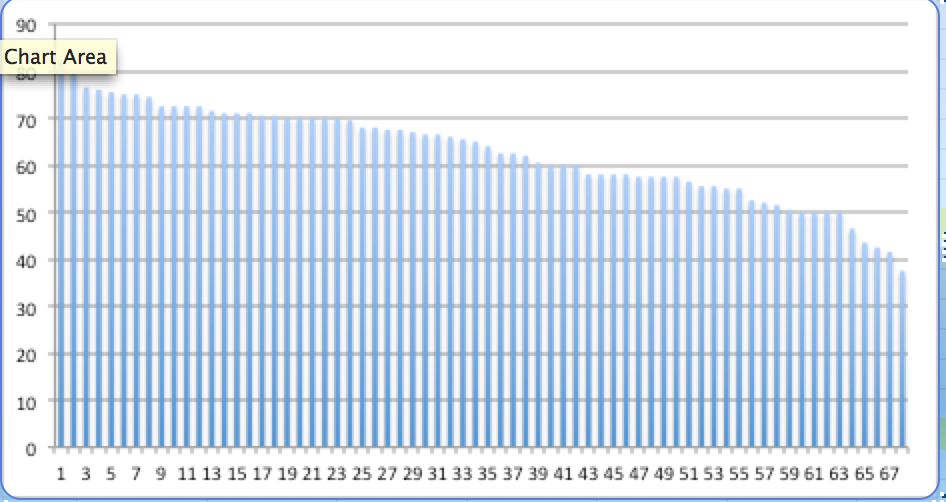

| 1 |
2 |
3 |
4 |
5 |
6 |
7 |
8 |
| 64 |
60 |
69 |
65 |
56 |
58 |
60 |
|
| 9 |
9 |
10 |
8 |
12 |
13 |
13 |
| Technical |
Economic |
Political |
Cultural |
Sociological |
Environmental |
Brand
New |
||
| Average score" |
3.7
|
4.0
|
3.0
|
3.0
|
3.3
|
3.0 |
3.3 | |
| St Dev |
0.8
|
0.7
|
0.8
|
1.1
|
1.0
|
1.3 |
1.0 |